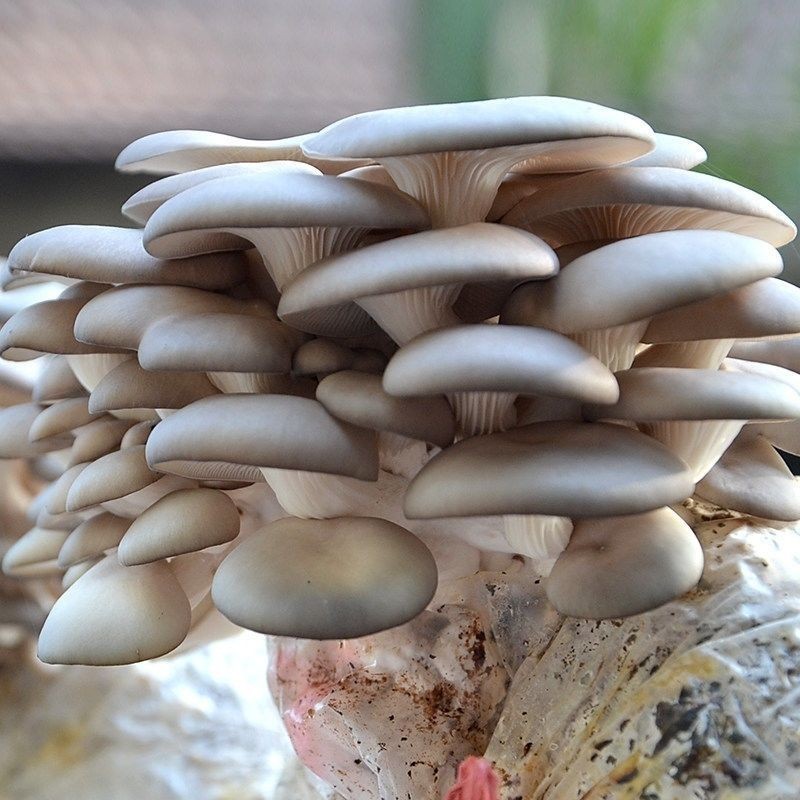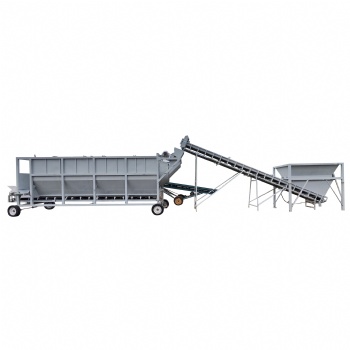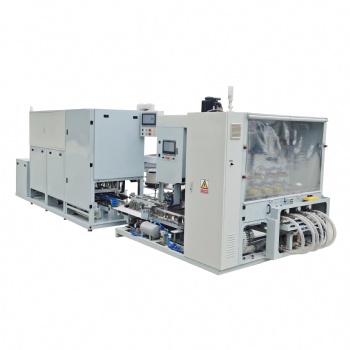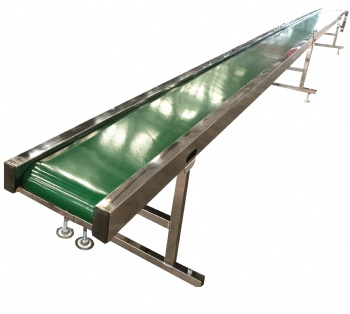News
Key technologies for large-scale cultivation of oyster mushrooms

I. Cultivation material bag process
During production, oyster mushrooms are mainly divided into cooked material cultivation and fermented material cultivation. The specific cultivation process depends on the situation. Please refer to the third chapter of the book's mushroom bag (stick) supply center, the cultivation bag production part.
1. Culture material formula
Formula 1: 98% cottonseed hulls, 2% lime.
Formula 2: 39% corn cobs, 38% cottonseed hulls, 15% bran, 6% soybean meal, 2% lime.
[Discussion]
Oyster mushroom mycelium has strong adaptability and does not require high culture medium for mycelium growth. Practice has shown that in order to ensure high yield and high quality oyster mushrooms, it is necessary to use cottonseed hulls, and at least 10% cottonseed hulls should be added; in addition, adding soybean meal, cottonseed meal or cottonseed powder is very effective and can significantly increase yield, but the amount added should not be too much, as too much can easily lead to large-scale pollution or delay fruiting.
2. Stirring
(1) Fermentation material cultivation: Fermentation seems simple, but it is actually very complicated. The temperature and smell in the pile must be kept in mind. It should be flexibly controlled according to the weather, raw materials, etc. Generally, cottonseed hulls are fermented for 5 to 7 days, and corn cobs are fermented for 7 to 12 days. When the temperature is low, it can be extended appropriately. The pile is generally about 1 meter high, and the length and width depend on the site. The pile should be built loosely. After the surface is slightly flattened, several air holes with a diameter of 5 to 10 cm are punched. The holes are 30 cm apart and must be punched through the bottom of the pile to improve the air permeability of the pile, increase the amount of oxygen, and prevent anaerobic fermentation. First, the raw materials should be fully pre-wetted to avoid the presence of dry materials, which will become a source of pollution in the cultivation bag. Second, the temperature in the pile should be kept at 50 to 65°C, which should not be too high or too low. If necessary, the temperature should be lowered by turning the pile in advance. Generally, the pile temperature is maintained above 60°C for about 24 hours before turning the pile. When turning the pile, the culture materials in the upper, lower, inner and outer layers of the pile are interchanged and mixed evenly. The material temperature quickly rises to 65°C, and is kept above 65°C for about 2 hours before turning the pile for the second time. After turning the pile 3 to 5 times, the fermentation is completed. Third, we should pay attention to the smell of fermentation. The fermented culture medium is loose and elastic, without odor. If there is a pungent odor or moldy smell, it indicates that the fermentation is poor and cannot be used.
(2) Cooked material cultivation: weigh the raw materials according to the formula ratio, fully pre-wet the cottonseed hulls and corn cobs, evenly sprinkle the crushed soybean meal, bran, and lime, add water, and then fully mix and stir. The moisture content of the culture medium is about 65%, and the pH is natural. In southern my country, due to the high temperature and high humidity in the space, normal pressure or high pressure sterilization is required to effectively control the contamination rate and obtain high quality and high yield.
(2) Fermentation material sowing: Fermentation material cultivation adopts open inoculation, and inoculation is carried out while bagging. Most of them adopt layer sowing, three layers of material and four layers of seeds or two layers of material and three layers of seeds. The amount of fungus used is preferably 10%~20% of the dry weight of the culture medium. Use 20% in high temperature seasons. Appropriately increase the amount of seeds, the mycelium grows faster and the cover is early. In addition, air holes must be made after inoculation of fermentation materials, otherwise it is very easy to cause infection by bacteria. A wooden stick or iron stick with a diameter of 1.2~1.4 cm is often used to poke the mushroom bag from one end to the other to form air holes that run through the entire bag to increase the amount of oxygen in the bag. In Shandong and other places, 3~5 fruiting holes are reserved at both ends of the cultivation bag. The advantage is that it is conducive to ventilation, increases the speed of mushroom production, and can achieve fixed fruiting; the disadvantage is that the fruiting flower is relatively small.
Categories
Contact Us
- +86 15093267083
- +86 15093267083
- amy@zzbelead.com
- +8615093267083




